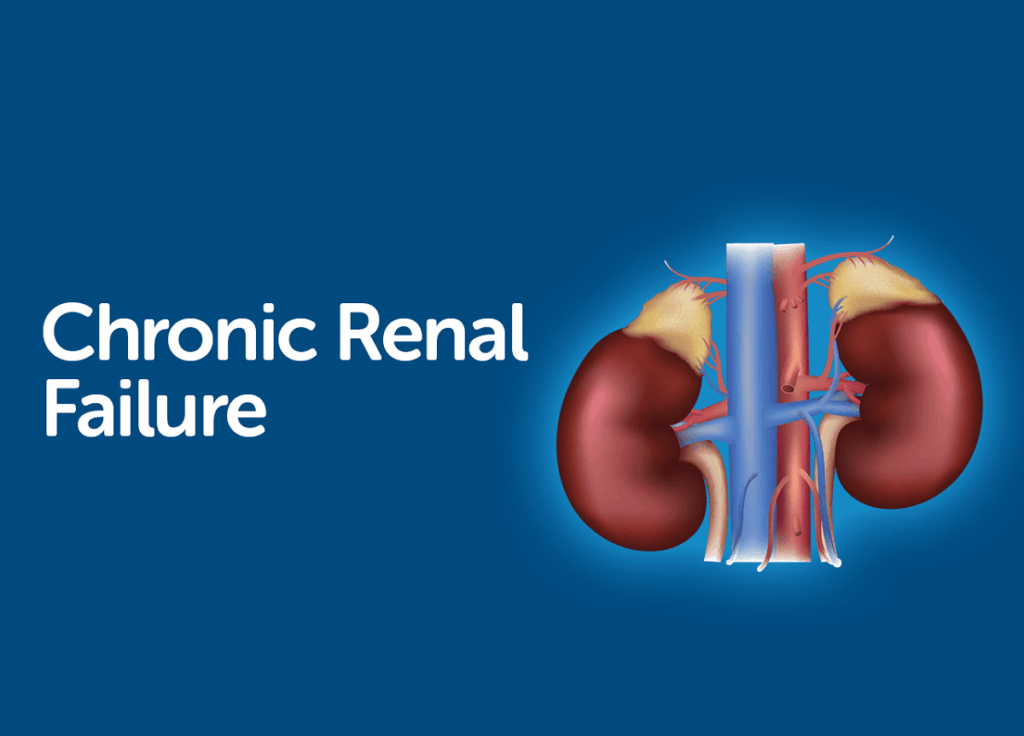Kidneys are the silent soldiers of our body. These bean-shaped organs, work silently to filter waste products, excess fluids, and toxins from our blood. Besides, they are very important in the regulation of blood pressure, electrolyte balance, and red blood cell production. Some factors can compromise kidney function and this condition is called Acute Kidney Injury which was formerly known as Acute Renal Failure.
This blog post is written by Dr. Bismah, a kidney specialist from Advanced Kidney Care, to provide information on the phases of Acute Renal Failure, its subtypes, and why it is critical. Recognizing the early signs of AKI is extremely important because it allows us to take medical assistance immediately thus increasing the chances of full recovery!
What are the Three Types of Acute Renal Failure?
AKI can be categorized into three main types based on the underlying cause and the part of the kidney that’s affected:
1. Prerenal AKI
This type is due to the lack of blood flow to the kidneys. Under this situation, the kidney cells will not be damaged directly by the decreased blood flow, but the reduced filtration of the wastes by the kidneys will have negative effects on the individual’s health in general.
Common causes of prerenal AKI include:
- Dehydration: A severe degree of dehydration can also lead to diminished blood flow to the kidneys that they require for normal functioning.
- Blood Loss: Blood loss due to injuries or surgeries or internal bleeding can result in low blood volume and pressure, which in turn, affect kidney function.
- Severe Infections: Sepsis, a life-threatening condition that can be due to the body’s reaction to infection, may give rise to inflammation and decreased blood flow to the kidneys.
2. Intrarenal AKI
This kind of AKI occurs when the structures of the kidneys itself are affected or injured.
Common causes of intrarenal AKI include:
- Glomerulonephritis: The inflammation of the glomeruli which are tiny filters in the kidneys. It can be caused by viral infections, autoimmune diseases, or certain drugs.
- Acute Tubular Necrosis: The tubules that are responsible for the reabsorption of water and electrolytes from urine are damaged. This can result from hypoxia, toxins, and other debilitating infections.
- Interstitial Nephritis: The inflammation of the interstitium, which is the tissue that surrounds the tubules in the kidneys. This may be caused by medicines, infections, or even autoimmune diseases.
3. Postrenal AKI
This AkI is caused by the blockage of the urinary tract that prevents the normal urine flow from the kidneys. This accumulated urine can put pressure on the kidneys and in this way their performance gets destroyed.
Common causes of postrenal AKI include:
- Kidney stones: Stones blocking the ureter, the tube that carries urine from the kidney to the bladder.
- Blood clots: A clot can become stuck in the urinary passage and block the flow of urine.
- Enlarged prostate gland: In men, an enlarged prostate can block the urethra, the tube through which urine leaves the body.
Read more: Can Lupus cause weight gain?
Stages of Acute Renal Failure
AKI is manifested in four phases with different features of each phase. Knowing the phases of disease gives healthcare professionals the ability to predict possible complications and direct the treatment.
1. Initiation Phase
- The first stage, which could last from hours to days, is characterized by a sudden event that leads to a decline in the functioning of the kidneys. The particular cause, which can be dehydration, blood loss, or a toxin, triggers a chain of events in the kidneys. The intensity of the trigger may determine whether there is an immediate or delayed appearance of symptoms in this stage.
2. Oliguric Phase

This stage is usually 10 to 14 days long and is characterized by a sharp cut in the amount of urine, which usually drops below 400 mL. This decline is a consequence of impaired kidney function which is the body’s way of conserving fluids.
It should be noted that oliguria does not always mean the damage is permanent, but it warns about the importance of identifying and addressing the root cause.
3. Diuretic Phase
During this period, the kidneys begin to recover and usually within a few days to a week after the initiation phase, the amount of urine produced gradually goes up. This is a sign of success as well as a possibility of electrolyte imbalance.
At this stage, the body tries to get rid of the waste products of the accumulated metabolism, which can disturb the electrolyte balance like potassium, sodium, and calcium. Monitoring electrolytes is crucial to reduce the risk of arrhythmias and seizures.
4. Recovery Phase
If the patient is diagnosed early and given the right treatment, the kidneys can heal and the kidney function may go back to normal. The speed of recovery depends on several factors, such as
- Severity of the AKI: The level of damage to the kidneys greatly influences how long the recovery process takes.
- Underlying health conditions: Pre-existing kidney disease or other chronic diseases can cause a delay or a complicated recovery process.
- Age: In general, young patients tend to have faster recovery than older adults.
The recovery phase can take from weeks to months. In this period, regular checkups and monitoring are important to guarantee a full recovery and to avoid future problems.
Read more: How to stop vomiting in dialysis patients?
Final Thoughts
Knowing the three main types and the four phases of AKI can help us see signs of possible problems and seek medical attention immediately. Early diagnosis and treatment are the key to preventing severe cases that may ultimately result in a health complication.
If you develop the following symptoms, such as reduced urine volume, swelling without any reason, tiredness, or there is blood in your urine, then please contact Dr. Bismah at Advanced Kidney Care!


